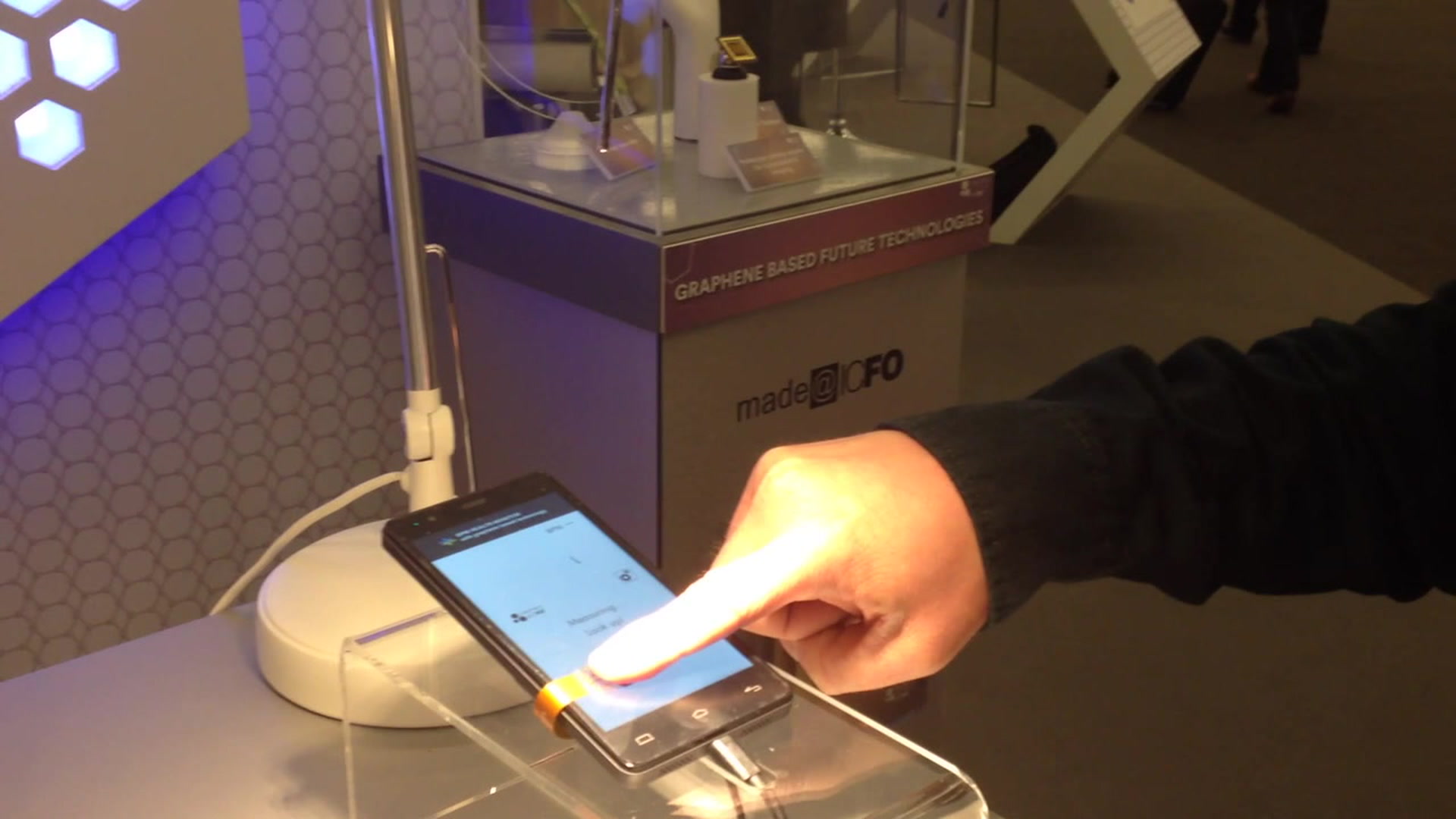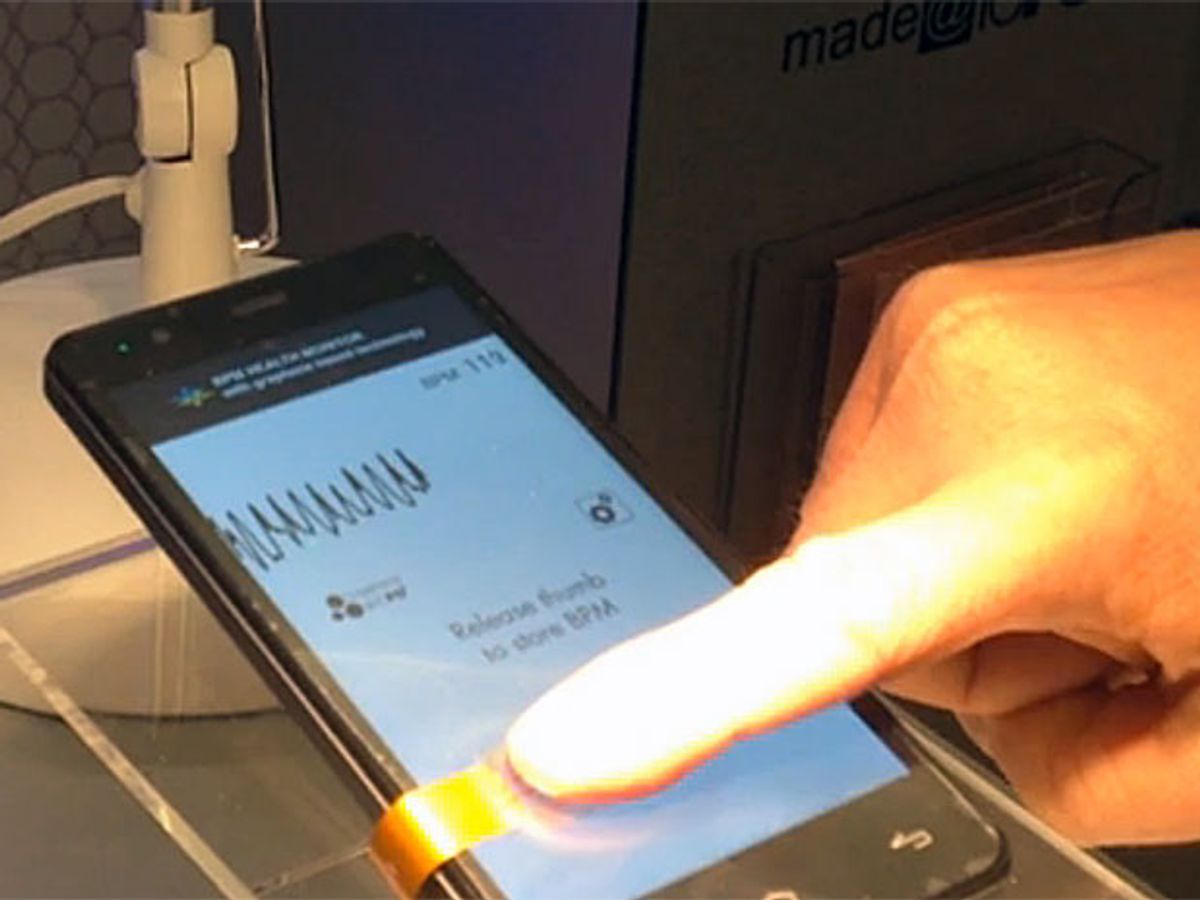The Mobile World Congress (MWC) held in Barcelona, Spain, last week hosted a Graphene Pavilion that included a number of research institutes operating under the umbrella of the Graphene Flagship, the European Commission’s €1 billion ($1.1 billion) investment aimed at centralizing graphene research throughout Europe. There were some other companies at the event that are not directly tied to the Graphene Flagship, such as Haydale and Zap&Go. (I visited both booths and posted videos that described their technologies.)
Another booth I visited while at the MWC was that of the Institute of Photonic Sciences (ICFO) in Barcelona, Spain. While this blog has covered a fair amount of the research coming out of ICFO over the years, our coverage has mostly followed the more long-range research projects that have attempted to leverage two-dimensional materials and plasmonics for the creation of a new generation of integrated circuits based around photons rather than electrons.
The prospect of integrated photonic circuits based on plasmonics remains firmly in the future. But ICFO was demonstrating what it has been able to fabricate based on its work with graphene and quantum dots. Essentially, what researchers there have built and demonstrated (see the video, below) is a transparent and flexible photodetector.

Last year, we reported on other research out of ICFO in which they developed a graphene-based photodetector that was capable of converting absorbed light into an electrical voltage in less than 50 femtoseconds, bringing switching to the brink of terahertz speeds. And, four years ago, we covered ICFO’s work in combining graphene and quantum dots, which, at the time, they believed would be ideal for automotive night-vision technologies.
We can only speculate on how this latest technology ties into that previous research. When asked if a description of the underlying technology had been published anywhere, the researchers explained that it hadn’t and that they could not provide any further details until it has.
Nonetheless, the demonstration of the technology did capture the imagination of many folks visiting the booth. One of the applications that ICFO has devised for the transparent, flexible photodetector was as a heart rate monitor. You can see the demonstration of the technology in the video.
Basically what happens is that when a finger is placed on the photodetector, the digit acts as an optical modulator, changing the amount of light hitting the photodetector as your heart beats and sends blood through your fingertip. This change in signal is what generates a pulse rate on the screen of the mobile device.
It was a nifty application of the technology and certainly inspired a lot of gee-whizzes from those who saw it. However, the ICFO researchers didn’t really envision this as a shot at a viable commercial technology, but more of a demonstration of what is possible. I wasn’t quite so sure that they should have been so dismissive. It seemed to me like it would be cool little technology to have on one’s mobile device. We’ll have to see what they publish, maybe they envision a better application potential.
Dexter Johnson is a contributing editor at IEEE Spectrum, with a focus on nanotechnology.



